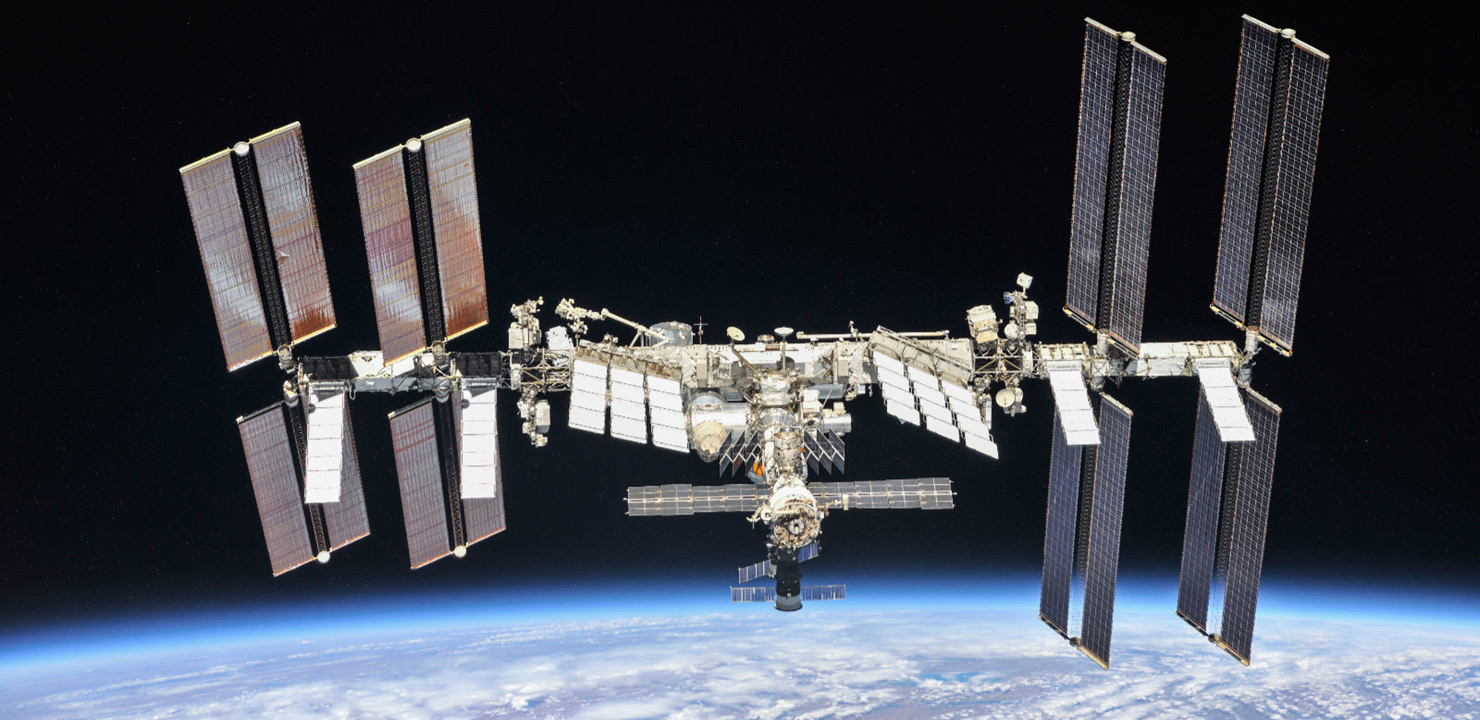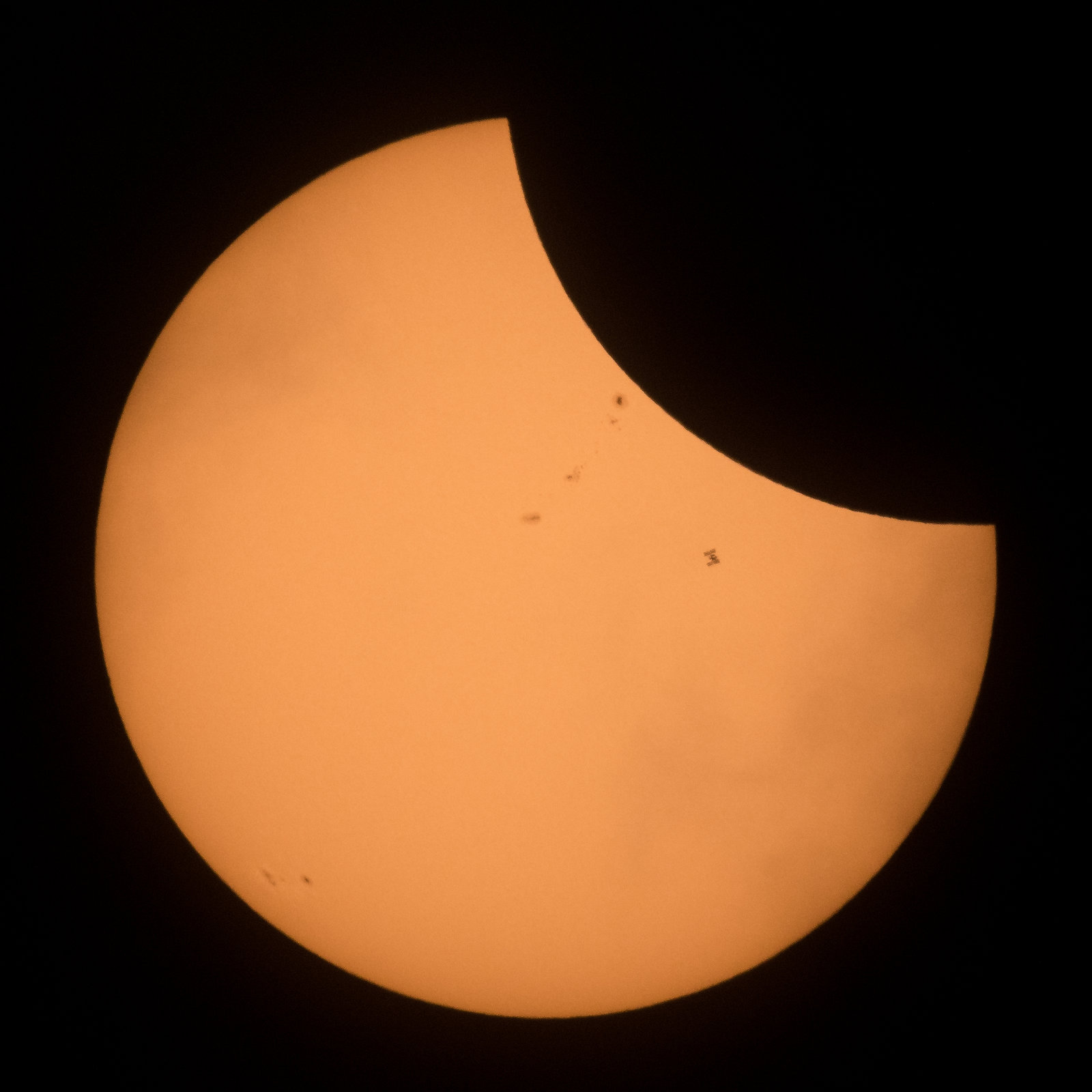
The International Space Station: 20 Continuously Crewed Years of Operation
November 2020 :
Did you know that humans have been living in the International Space Station, uninterrupted, for twenty years? Ever since the first crew members docked with the International Space Station (ISS) in November 2000, more than 240 people have visited this outpost, representing 19 countries working together. They have been busy building, upgrading, and maintaining the space station - while simultaneously engaging in cutting-edge scientific research.
The first modules that would later make up the ISS were launched into orbit in 1998: the Russian Zarya launched via a Proton-K rocket, and the US-built Unity module launched about a week and a half later by the Space Shuttle Endeavour. Subsequent missions added vital elements and modules to the Space Station before it was ready to be inhabited. And at last, on November 2, 2000, Expedition-1 brought the first three permanent crew members to the station in a Russian Soyuz capsule: NASA astronaut William M. Shepherd and Russian cosmonauts Sergei Krikalev and Yuri Gidzenk. Since then, an entire generation has been born into a world where humans continually live and work in space! The pressurized space inside this modern engineering marvel is roughly equal to the volume of a Boeing 747, and is sometimes briefly shared by up to 13 individuals, though the average number of crew members is 6. The unique microgravity environment of the ISS means that long-term studies can be performed on the space station that can’t be performed anywhere on Earth in many fields including space medicine, fluid dynamics, biology, meteorology and environmental monitoring, particle physics, and astrophysics. Of course, one of the biggest and longest experiments on board is research into the effects of microgravity on the human body itself, absolutely vital knowledge for future crewed exploration into deep space.
Stargazers have also enjoyed the presence of the ISS as it graces our skies with bright passes overhead. This space station is the largest object humans have yet put into orbit at 357 feet long, almost the length of an American football field (if end zones are included). The large solar arrays – 240 feet wide - reflect quite a bit of sunlight, at times making the ISS brighter than Venus to observers on the ground! Its morning and evening passes can be a treat for stargazers and can even be observed from brightly-lit cities. People all over the world can spot the ISS, and with an orbit only 90 minutes long, sometimes you can spot the station multiple times a night. You can find the next ISS pass near you and receive alerts at sites like NASA’s Spot the Station website (spotthestation.nasa.gov) and stargazing and satellite tracking apps.
Hundreds of astronauts from all over the world have crewed the International Space Station over the last two decades, and their work has inspired countless people to look up and ponder humanity's presence and future in space. You can find out more about the International Space Station and how living and working on board this amazing outpost has helped prepare us to return to the Moon - and beyond! - at nasa.gov.

The ISS photobombs the Sun in this amazing image taken during the eclipse of August 21, 2017 from Banner, Wyoming. Photo credit: NASA/Joel Kowsky More info: bit.ly/eclipseiss
A complete view of the ISS as of October 4, 2018, taken from the Soyuz capsule of the departing crew of Expedition 56 from their Soyuz capsule. This structure was built by materials launched into orbit by 37 United States Space Shuttle missions and 5 Russian Proton and Soyuz rockets, and assembled and maintained by 230 spacewalks, with more to come! Credit: NASA/Roscosmos More info: bit.ly/issbasics



